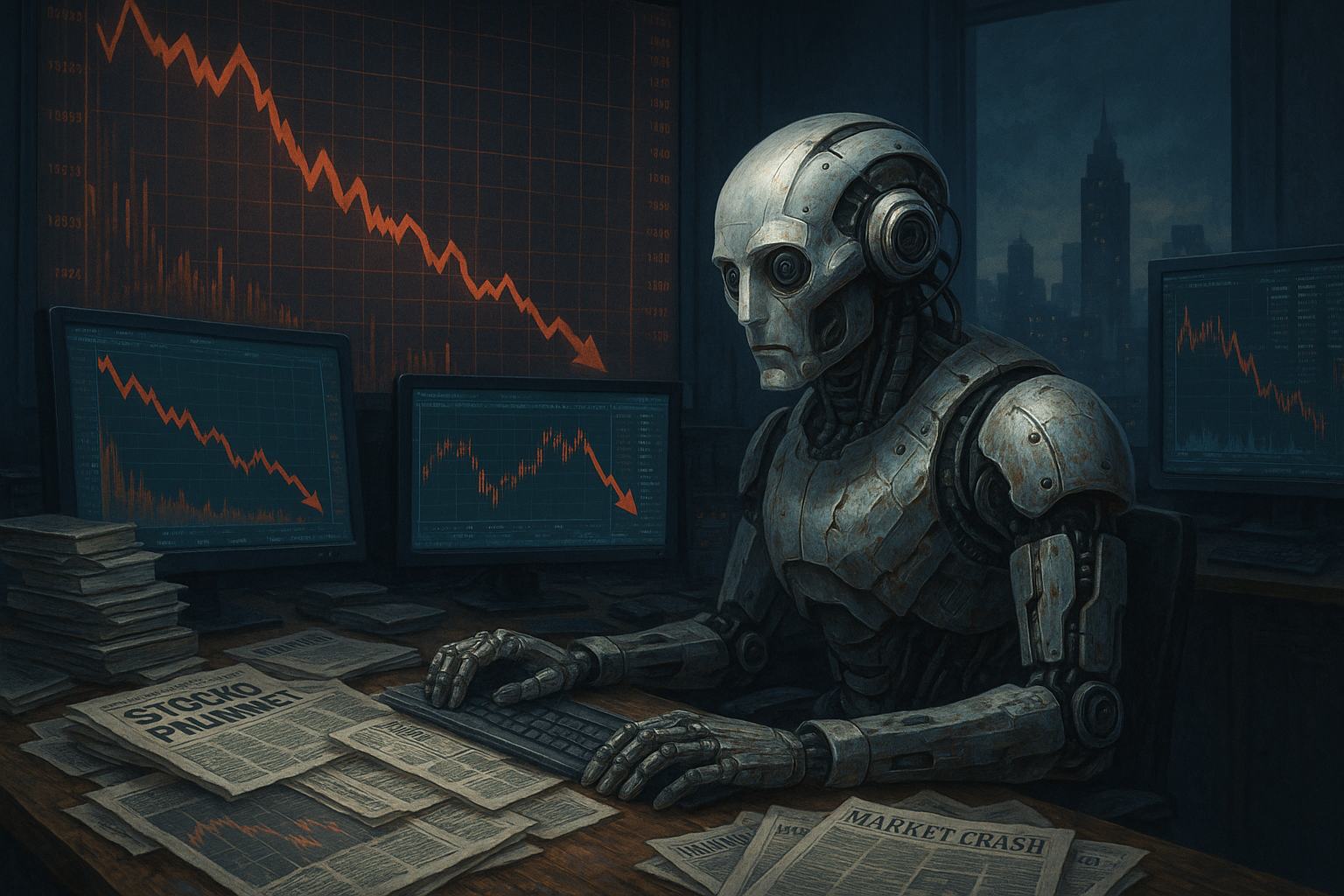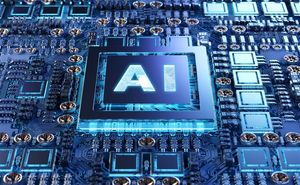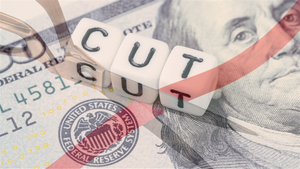
In the wake of recent stock market volatility, investors and financial analysts are increasingly asking a provocative question: Can artificial intelligence (AI) really predict the next stock market crash?
The idea is as captivating as it is controversial. As AI-powered algorithms grow ever more sophisticated, their presence on Wall Street has moved from the periphery to the center stage. But when it comes to the holy grail of finance—forecasting catastrophic downturns like the 2008 financial crisis or the March 2020 pandemic selloff—are we any closer to unlocking the secret?
A Surge in AI Investment
Investment in AI for financial markets is at an all-time high. Firms such as BlackRock (NYSE: BLK), JPMorgan Chase (NYSE: JPM), and Goldman Sachs (NYSE: GS) are deploying AI to analyze vast datasets, detect patterns, and execute trades in milliseconds. AI startups focusing on market prediction, like Kavout and AlphaSense, have attracted hundreds of millions in venture capital.
"AI is no longer a buzzword; it's an essential tool," said Laura Song, head of quantitative research at Citadel (NASDAQ: CITA). "But using AI to predict crashes is like trying to predict earthquakes—possible in theory, but devilishly difficult in practice."
How AI Approaches the Problem
AI models—particularly those using machine learning and deep learning—rely on training data: vast troves of historical stock prices, economic indicators, corporate earnings, and even sentiment gleaned from social media or news headlines. They look for patterns preceding past downturns: rapid rises in price-to-earnings ratios, spikes in volatility indices like the VIX (CBOE:VIX), or a sudden correlation breakdown between asset classes.
Some AI systems utilize neural networks to sift through nonlinear relationships in the data, identifying “tells” that human analysts might miss. Others use natural language processing (NLP) to gauge market sentiment by parsing millions of tweets or financial news articles for early signs of panic or euphoria.
Real-World Performance: Hype vs. Reality
Despite the excitement, real-world performance remains mixed. For example, several AI-driven hedge funds underperformed during the 2020 COVID crash. "Our models didn’t account for a pandemic; it was a true black swan," admitted a quant analyst at Two Sigma Investments (private). Similarly, many machine-learning algorithms struggle with so-called “regime shifts”—when the market’s behavior fundamentally changes due to new regulations, wars, or global crises.
A recent study published in the Journal of Financial Data Science found that while AI can sometimes detect mounting stress in the system—such as increased volatility or declining liquidity—it tends to signal “crash risk” far too often, resulting in costly false positives.
"AI models are great at telling us something is unusual," explained Professor Sanjay Mehta, who leads the Artificial Intelligence in Finance program at MIT. "But distinguishing between a healthy correction and a systemic meltdown? That’s a much harder nut to crack."
AI’s Notable Successes—and Failures
There have been moments when AI “got it right.” In October 2022, certain algorithms flagged unusually high risk in tech stocks, just before a sharp correction in companies like Tesla (NASDAQ: TSLA) and Apple (NASDAQ: AAPL). But these successes are rare, and often overshadowed by missed signals or false alarms.
Moreover, a growing body of evidence suggests that the very use of AI could be making markets more fragile. If many firms rely on similar models, their trading behavior may become synchronized, exacerbating volatility during times of stress. This phenomenon, sometimes called “algorithmic herding,” was partly blamed for the 2010 Flash Crash.
Regulatory Scrutiny and Ethical Dilemmas
With AI’s influence on markets growing, regulators are paying close attention. The U.S. Securities and Exchange Commission (SEC) has called for greater transparency around how AI trading systems operate. “We need to ensure these algorithms don’t inadvertently amplify systemic risk,” said SEC Chair Gary Gensler in a recent speech.
There are also ethical questions about fairness and transparency. Most AI models are “black boxes”—their decision-making is often opaque, even to their creators. This raises concerns about accountability, especially if AI contributes to a market meltdown.
What the Future Holds
So, can AI really predict the next crash? The answer, for now, appears to be: not reliably. AI is a powerful tool for spotting market anomalies and patterns, but true prediction—the ability to warn investors before the next big one—remains elusive.
Still, progress is being made. Hybrid systems combining AI with human judgment are emerging as a best practice. Some experts argue that, rather than forecasting exact dates, AI is better suited to providing “risk heat maps,” warning of increased danger rather than certain doom.
“In the end, AI is only as good as the data it learns from,” said Dr. Mehta. “Markets are complex adaptive systems; history rarely repeats in exactly the same way. But if AI can help us become more aware of the warning signs, that’s already a major step forward.”
Investor Takeaway
For investors hoping AI will offer a crystal ball for the next (NYSE: SPY) crash, it’s wise to remain skeptical. Machine learning can help illuminate risks, but no model—no matter how sophisticated—can eliminate uncertainty.
As always, diversification, sound risk management, and a healthy dose of humility remain the best defense against the market’s next big surprise.






